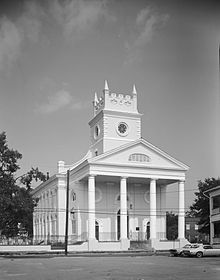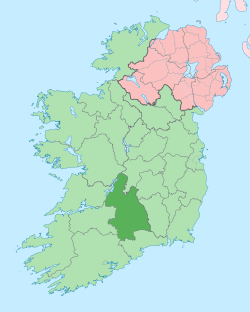Welcome back bloggers!
Our trip this week was to the
Bethel United Methodist Church graveyard. This graveyard is known for its astounding amount of interesting symbols found on the gravemarkers.
The first gravemarker I will be discussing is the grave of Joseph W. Ainger, born in 1833, died in 1888. The symbol on this grave is a cross with a crown around it. The cross and crown emblem shows that this person was religious and most likely valued their religion greatly.
The next gravemarker belongs to James F. M. Lobe (?). This gravemarker has a weeping willow on it which can represent sorrow or grief. Many people may put this on a gravestone because the person died at a young age or simply because the death is very sad.
The gravestone of Elizabeth M. Ainger, born 1807, died 1872, has a dove with a leaf in its beak. This symbol can mean hope or love. Doves are often a symbol of love but the hope aspect comes with the leaves that are being carried in the beak. This has religious context because when Noah released a bird from the Arc, it came back with leaves to show that land was nearby.
Miss Ann Eliza Calder has a gravestone that features ivy. Ivy is a symbol of friendship, so this may mean that those who buried Miss Calder were her close friends or that she valued her friendships very much still alive.
The grave of Elizabeth M. has the symbol of an angel. Angels are commonly put on graves because they represent innocence and the passing over to heaven. Elizabeth M died in her sleep and at the age of 65 years old. The fact that she died in her sleep seems like an innocent way to pass in my opinion.
The next grave belongs to Eva Lee, her grave features a rose bush on it. Roses represent love, beauty, and hope. Due to this symbol, I'm assuming that Eva Lee was seen to be beautiful and well loved by the people in her life.
This sad grave belongs to a baby by the name of Lizzie. Lizzie died at the very young age of 6 months old, which is why the rose buds that are shown on her grave are appropriate. Rose buds are used to represent the death of a child, they can be found on many children's gravemarkers.
This gravemarker seems to only have a last name on it, "Fleming". The symbol shown is a wreath which represents
"victory in death". This leads me to believe that whomever this grave is for, they died for a cause.
This grave is for William H. Fleming who I am assuming is the same Fleming as mentioned above. This grave has a large book on top of it, most likely meant to be the Bible. However, the book can also represent prayer, education, or even memory. William H. Fleming was once the Pastor of the Bethel United Methodist Church so my best guess is that this book means the Bible or prayer.
This grave is a mystery grave! It is unknown who it is for because it is broken but the symbol shown is just one rose. While all roses represent beauty and love, just one rose fully bloomed symbolizes a person who died in the prime of their life, meaning that they were not exceptionally young but not quite old either.
While visiting this church, we were accompanied by a lovely woman by the name of Camille. She informed us on the history of the Methodist church, saying things like "many of our original markers were ruined during the civil war". Another really interesting fact that she said was that "the parking lot is paved over some old graves". I personally see this as way of getting some bad juju but nothing bad seems to be happening at this lovely church.
While inside, we were given more interesting information from Camille. For example, she told us that the giant chandelier was very close to falling because termites had infested the attic/roof of this church! Luckily someone found the termites in time and no one was hurt by the tragedy to be.
Sources used: discovery.stqry.com, trace.com, washtenawhistory.org, thoughtco.com






















